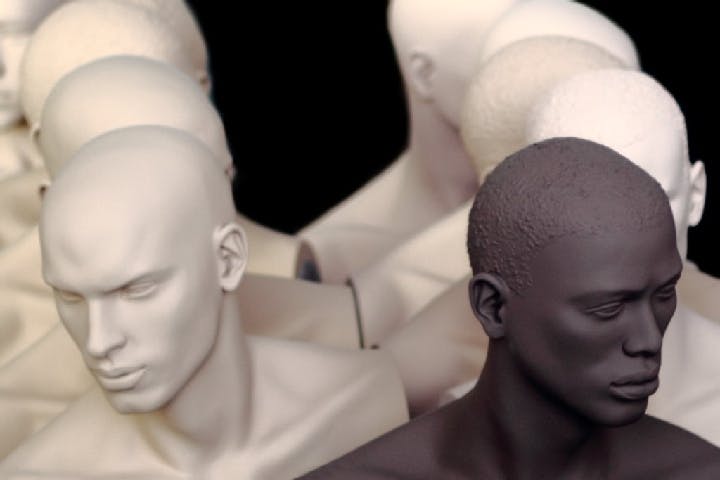Winter 2008
The Downside of Diversity
– The Wilson Quarterly
Although it is alluring to think that living in diverse communities fosters tolerance and social solidarity, Harvard sociologist Robert D. Putnam, of “Bowling Alone” fame, says the evidence points overwhelmingly in the opposite direction.
Few concepts are more celebrated in modern America than racial and ethnic diversity. Yet casual talk-show racism and fierce hostility toward the current wave of Hispanic immigrants make the glorification of “difference” seem glaringly out of step with reality. Although it is alluring to think that living in diverse communities fosters tolerance and social solidarity, Harvard sociologist Robert D. Putnam, author of the influential book Bowling Alone (2000), which warned of Americans’ growing social isolation, says the evidence points overwhelmingly in the opposite direction. The more we are brought into physical proximity with people of another race or ethnic background, the more we withdraw into our shells, he writes.
A complex statistical analysis of data collected in half-hour interviews with 30,000 Americans in 2000 found that people who live in heavily racially and ethnically mixed communities “distrust not merely people who do not look like them, but even people who do,” Putnam says.
Diversity triggers a tendency to hunker down and to have less confidence in local government, community leaders, and news media, the study data show. In homogeneous North and South Dakota, 70 to 80 percent of survey respondents said they trusted their neighbors a lot. In diverse Los Angeles and San Francisco, only about 30 percent said the same thing.
Living in a diverse community without a lot of trust in the people next door makes residents less likely to register to vote and more likely to participate in protest marches, Putnam found. People are also less likely to give to charity or to volunteer in the community. Residents of racially or ethnically mixed areas have fewer close friends and confidantes, report being less happy, and say they have a lower quality of life. They spend more time watching television.
The effects are similar regardless of age, gender, economic status, political philosophy, or race. Living in a diverse community has a slightly greater negative impact on conservatives than on liberals, but the effect is “significant” among liberals too. Its impact on whites, Putnam says, is “definitely greater,” but it is “visible” among nonwhites as well.
In the long run, Americans can handle diversity, Putnam says. A century ago, new immigrants from Eastern Europe married only each other, as did migrants from Southern Europe. But by 1990, only one-fifth of white Americans had spouses with an identical ethnic background.
Putnam says the country should look to what worked in the past to foster social solidarity, from building community centers and athletic fields that immigrants and natives can enjoy together to making English-language training more accessible. Because the long-run benefits of immigration and diversity are national in scope, the federal government should help local governments bear the short-term direct costs of increased expenditures on education, health care, and other needs.
But Putnam’s former Harvard colleague James Q. Wilson, the well-known conservative thinker, dismisses his long-term solutions as “wishful thinking.” It’s almost impossible to forge social cohesion among diverse groups, Wilson says. The few institutions that have succeeded, such as the U.S. military and some churches, possess two key ingredients that neighborhoods lack: authoritative leaders and discipline.
More important, Wilson argues, Putnam has a cramped understanding of solidarity. His ideas draw on rights-based notions about how we must learn to manage relations with others and respect differences. That’s only half the battle, according to Wilson. People get a sense of belonging from the things they share with others, such as an ethnic heritage or moral beliefs. If your neighborhood is populated with people whose values and beliefs are close to your own, you’re naturally more likely to join in community life.
Putnam thinks that diversity can help create community. Wilson counters that it’s a competing value, albeit a worthy one. “As when it comes to other arrangements in a democracy, balance is all.”
* * *
The Sources: “E Pluribus Unum: Diversity and Community in the Twenty-First Century” by Robert D. Putnam, in Scandinavian Political Studies, June 2007, and “Bowling With Others” by James Q. Wilson, in Commentary, Oct. 2007.
Photo courtesy of Flickr/DryHundredOthers
